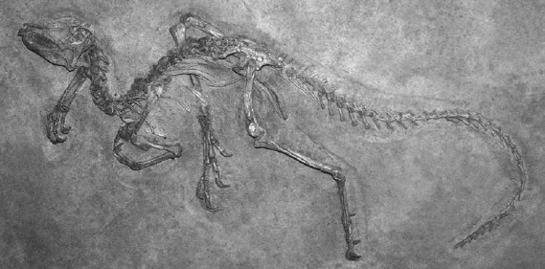Rocks can be conveniently placed into one of three groups—igneous, sedimentary, and metamorphic.
- Igneous rocks, such as granite, pegmatite, rhyolite, obsidian, gabbro, and basalt, are formed by the solidification of molten magma that emerges through Earth’s crust via volcanic activity. The nature and properties of the crystals vary greatly, depending in part on the composition of the original magma and partly on the conditions under which the magma solidified. There are thousands of different igneous rock types. For example, granite is formed by slow cooling of molten material (within the earth). It has large crystals of quartz, feldspars, and mica.
- Sedimentary rocks, such as brecchia, sandstone, shale, limestone, chert, and coals, are produced by the accumulation of sediments. These are fine rock particles or fragments, skeletons of microscopic organisms, or minerals leached from rocks that have accumulated from weathering. These sediments are then redeposited underwater and later compressed in layers over time. The most common sedimentary rock is sandstone, which is predominantly quartz crystals.
- Metamorphic rocks, such as marble, slate, schist, gneiss, quartzite, and hornsfel, are formed by the alteration of igneous and sedimentary rocks through heat and/or pressure. One example of these physical and chemical changes is the formation of marble from thermal changes in limestone.


